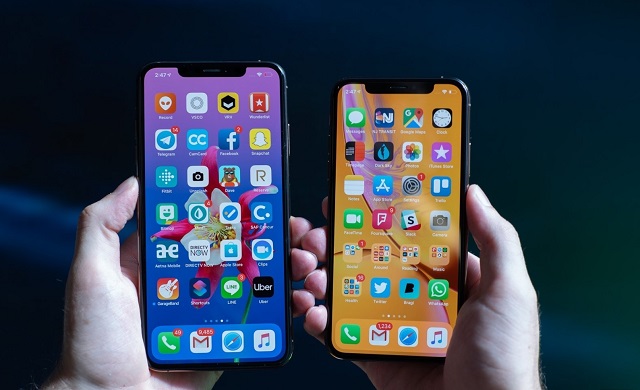Knowing how to clear the cache on your iPhone and iPad is a useful skill to have in your armory for when your storage space is running low and your device is slowing down. While there may be a problem with the device itself, clearing your cache, history, cookies, or other temporary data from your apps will usually be enough to get you back up and running.
Trying to figure out new ways to free up iPhone storage space is something most of us find ourselves occupied with at one time or another. Here are various methods for clearing cache data from your iPhone or iPad.
Clear the app caches on your iPhone or iPad for Safari, Chrome, and Firefox.
When it comes to clearing the cache on the iPhone and iPad, it’s best to start with the browser. Depending on the program you use as your everyday browser, you’ll have to utilize different techniques to wipe out the remnants of your recent online browsing. Users using Safari should launch the Settings app and navigate to the Safari settings. You must scroll down to locate ‘Clear History and Website Data’ in this option. If you select this option, Safari will delete everything.
While you’re here, you can also select ‘Block All Cookies’ to prevent your cache from filling back up with junk you don’t need. Another option is to navigate to Settings > General > iPhone Storage > Safari > Website Data. This will show which websites currently have files downloaded into your cache, including how much individual space they take. You can swipe left to delete individual sites or tap ‘Remove All Website Data’ to wipe them all out.
You should reset your iPhone.
Not only do your iPhone apps have a cache. Phones will occasionally utilize your local storage to preserve information that can help them execute simple tasks faster. This saved shortcut data might build up over time. If your phone appears to be running slowly, the steps in this article on how to reset an iPhone are certainly worth a go. Not a complete reset that erases all saved data, but simply turning it off and on again.
Holding the power and volume buttons together until the ‘Slide to Power Off’ option shows on newer phones; for older devices, just press and hold the power button. Shut it down, then restart it as soon as possible. The cache on iOS should be cleaned.
Delete and reinstall applications.
If you try to clear the cache on your iPhone or iPad and are unsuccessful, your only option for a bloated app with no obvious means of clearing its cache is to remove and reinstall the app in issue.
Go to Settings > General > iPhone Storage and select any app.
You’ll notice how much of its storage space is dedicated to documents and data rather than the program itself.
Normally, we advise offloading outdated programs, which eliminates the software but saves your saved data for later use. In this scenario, the saved data is the issue, and removing the program completely is your best option. Delete an app twice, then go to the App Store and search for it.
Clear the cache on your iPhone or iPad for third-party apps.
Some third-party programs have a built-in browser that can cache data.
We can’t reasonably go through every third-party iPhone app, but some of them do feature a handy option in the iPhone Settings app.
Scroll down to the long alphabetical list of third-party apps in the main Settings menu and choose the app in question. You may find a ‘Reset Cache on Next Launch’ option towards the bottom of the app’s settings.
This method will briefly wash away any unnecessary garbage. If you don’t see this option in the app settings – and most don’t – you’ll need to navigate to its own in-app settings menu.













